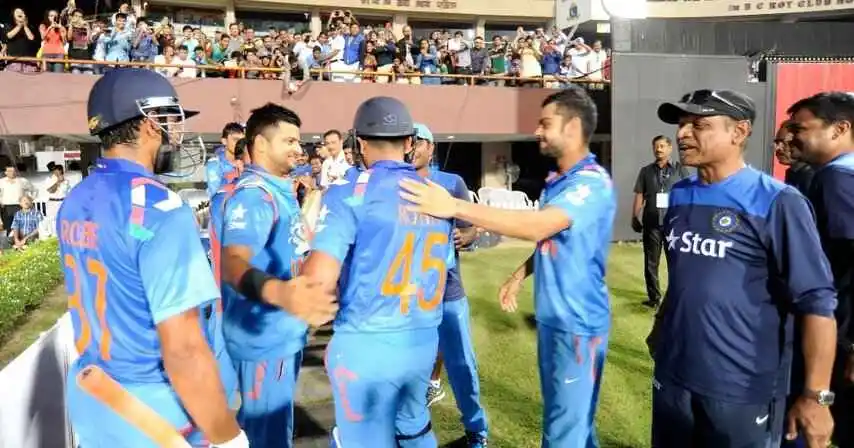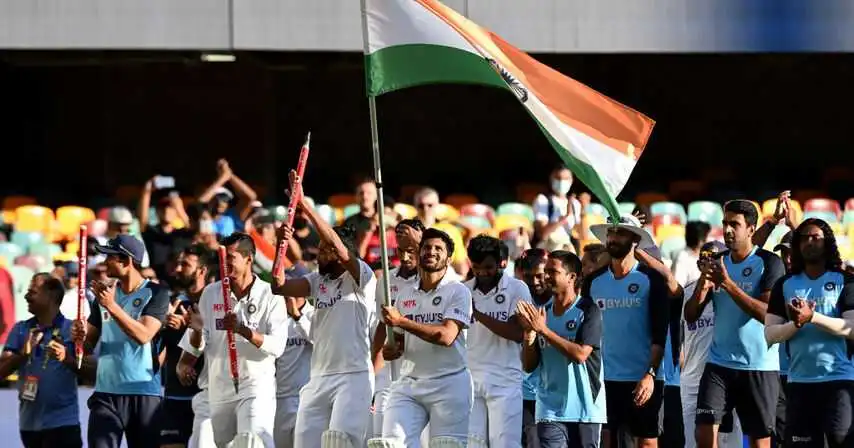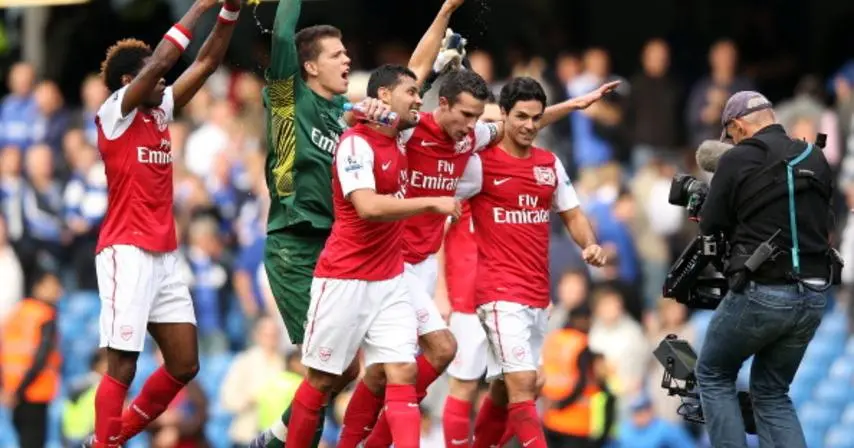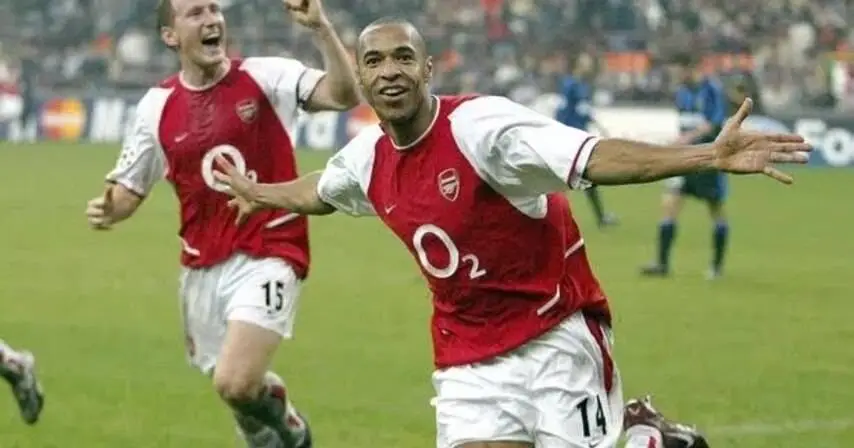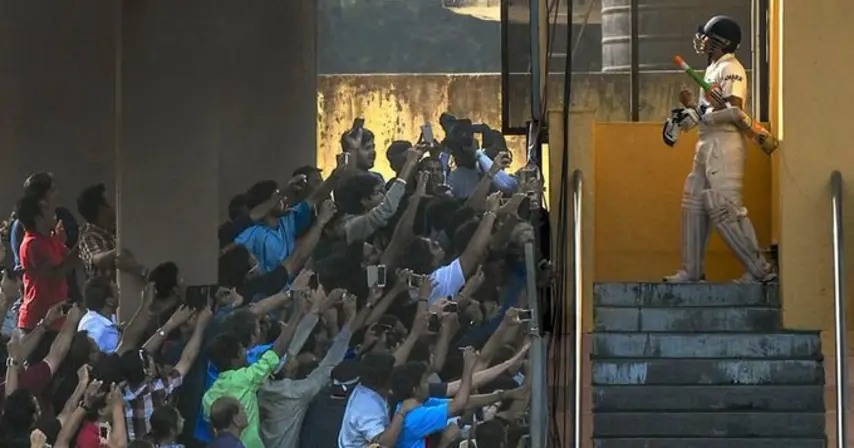
The Journey Between Sachin Tendulkar's First and Last Test Match: From Karachi to Wankhede
Sachin Tendulkar's journey from his first to his final Test match isn’t just the tale of an extraordinary cricket career—it’s also a narrative of Indian cricket’s evolution on the world stage. From the dusty pitches of Karachi in 1989 to the electric atmosphere of Mumbai’s Wankhede Stadium in 2013, Tendulkar’s career bridged eras, broke records, and ignited an entire nation’s passion for cricket.
The Beginning: Karachi, 1989
In November 1989, a 16-year-old Tendulkar made his debut in Karachi against Pakistan. The Indian team was going through a rough patch, struggling to establish a winning identity. Here came this young, curly-haired boy from Mumbai, equipped with a massive bat and fearless grit, facing a Pakistani bowling lineup that included the fearsome Wasim Akram and Waqar Younis. In his very first Test, Tendulkar was hit on the nose by a bouncer from Younis. Bloodied but undeterred, he continued to bat, showing an early glimpse of the resilience that would become his trademark.
Though Tendulkar’s first series was not extraordinary in terms of runs, it was apparent that India had found a rare talent. His technique, maturity, and passion for the game at such a young age quickly set him apart. He was dubbed a "wonder kid" by those who watched him play, yet no one could have predicted just how monumental his career would become.
Early 90s: The Rise of a Star
As the years passed, Tendulkar's potential blossomed into unmatched brilliance. The 1990 tour of England saw him score his maiden century at Old Trafford, saving India from defeat and making him the second-youngest player to score a Test century. By the time he scored his iconic "Desert Storm" innings in 1998 against Australia in Sharjah, he had already established himself as one of the best batsmen in the world.
The 1990s were a time when Indian cricket revolved around Tendulkar. The team often struggled, and fans placed all their hopes on him to deliver. He became more than just a player; he was the heart of Indian cricket. This period saw Tendulkar score runs prolifically, with memorable performances against Australia, England, and South Africa. His battles with Shane Warne, the Australian spin wizard, became legendary. In Warne's own words, Tendulkar was one of the few batsmen he genuinely feared.
The Evolution of a Legend: 2000s
The early 2000s saw Indian cricket undergoing a transformation. Under the leadership of Sourav Ganguly, India was becoming a more assertive team, taking on the giants of world cricket. Tendulkar, now a senior player, became a steady presence in the lineup. He continued to pile up runs, crossing milestones at a pace that few others could match.
However, this period was also marked by challenges. Tendulkar faced injuries, notably a recurring tennis elbow problem that threatened to cut his career short. But his determination to represent his country kept him going. Tendulkar adapted his game, adjusting his technique to suit his body’s limitations. Instead of explosive aggression, he became more measured, showing his mastery by crafting innings that were precise and technically perfect.
In 2003, Tendulkar played a defining role in India’s World Cup campaign, carrying the team to the finals with one remarkable performance after another. His 98 against Pakistan in the group stage remains one of the most cherished innings in Indian cricket history. Though India lost to Australia in the final, Tendulkar was awarded the tournament’s Best Player, having scored 673 runs, the second most by any player in a single World Cup.
The Pinnacle: The Record-Breaking 2008-2011
By 2008, Tendulkar was closing in on becoming the highest run-scorer in Test history, a record held by West Indies legend Brian Lara. In October 2008, during a home series against Australia, he overtook Lara's record, becoming the highest run-scorer in Tests, a testament to his longevity and consistency. In ODIs, he became the first player to reach 200 runs in an innings, accomplishing this incredible feat against South Africa in 2010.
But the crowning achievement came in 2011 when India won the ICC Cricket World Cup. For Tendulkar, this was the culmination of a 22-year dream. He had played in five World Cups, and finally, on home soil, he lifted the trophy. His teammates carried him on their shoulders in a lap of honor, chanting his name, and dedicating the victory to him. It was a moment of pure joy, marking the pinnacle of his career.
The Last Lap: 2011-2013
Following the World Cup win, Tendulkar continued to play with the same dedication but began contemplating retirement as age started catching up with him. He reached the milestone of 100 international centuries in 2012, a record that may remain unbroken for decades. But despite this achievement, Tendulkar decided it was time to bid farewell to the game. The Board of Control for Cricket in India (BCCI) organized his farewell series in 2013, a two-Test series against the West Indies, with the final match scheduled at his home ground, Wankhede Stadium in Mumbai.
The Farewell: Wankhede Stadium, 2013
On November 14, 2013, Mumbai’s Wankhede Stadium was packed with fans and cricket enthusiasts who had come to witness history. The entire nation watched with bated breath as Sachin Tendulkar walked onto the field for one last time. The emotional weight of this moment was palpable. Fans held banners, painted their faces, and chanted his name, thanking him for the years of joy and pride he had brought to Indian cricket.
In his final innings, Tendulkar scored 74, playing with the elegance and composure that had defined his career. When he finally walked off the field, fans, teammates, and even opponents stood up to give him a standing ovation.
After the match, Tendulkar delivered a heartfelt farewell speech that left millions in tears. He thanked his family, friends, teammates, coaches, and, most of all, the fans who had supported him through every high and low. His voice breaking, he addressed his late father, expressing his hope that he had made him proud.
Legacy and Impact
The journey from Karachi to Wankhede wasn't just about cricket for Tendulkar; it was about representing a billion dreams, inspiring hope, and becoming the face of an evolving India. He inspired a generation of cricketers who grew up idolizing him. His dedication, discipline, and love for the game are seen as the gold standard in the sport.
Tendulkar’s career spanned two eras—he began when cricket was still a gentleman's game with limited viewership and ended in an age when cricket had become a commercial juggernaut with a global following. His role in this transformation was enormous. With his success, cricket became more accessible and popular in India, sparking a movement that would see the nation become a powerhouse in the sport.
Also Read: On This Day: Sachin Tendulkar Brought India to a Standstill with His Emotional Farewell to Cricket
